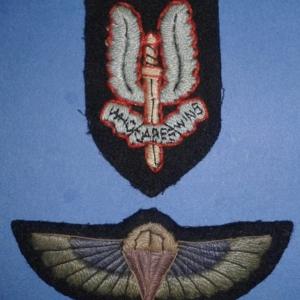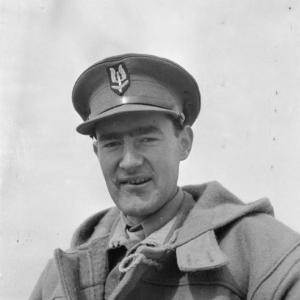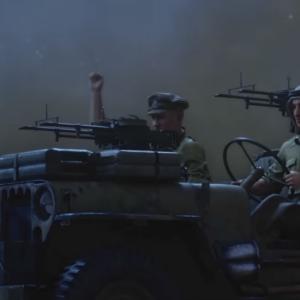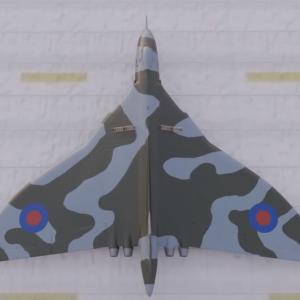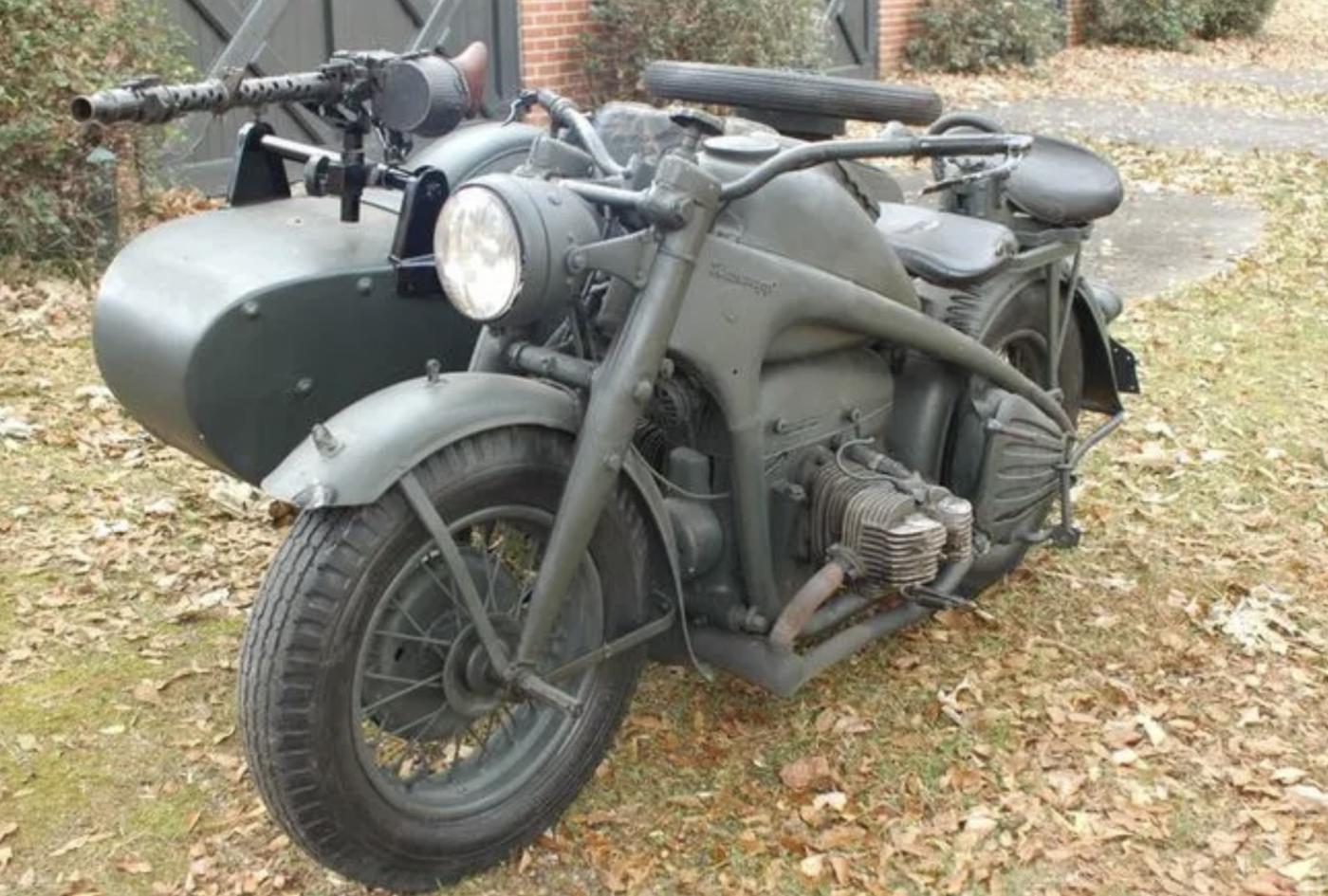
Zundapp KS750
The Zündapp KS 750 was one of Nazi Germany’s premier military motorcycles during World War II, created specifically to meet the requirements of the Wehrmacht for a durable, all-terrain vehicle capable of handling the challenges of warfare. Unlike many civilian motorcycles adapted for military use, the KS 750 was designed from the ground up for combat operations. Its development began in 1937 after the German Army issued a specification for a purpose-built military motorcycle capable of operating in all theaters of war.
Zündapp-Werke GmbH, based in Nuremberg, responded with the KS 750. The first prototypes were completed in 1939, and the motorcycle entered full production in 1941. Zündapp worked closely with BMW, another major motorcycle manufacturer, as both companies were ordered by the army to standardize components for easier maintenance and supply. As a result, the KS 750 and BMW’s R75 shared about 70 percent of their parts, although each remained mechanically distinct.
The KS 750 featured a 751cc horizontally-opposed twin-cylinder, four-stroke engine that produced 26 horsepower at 4000 rpm. It had a 4-speed gearbox with an additional reverse gear made possible by its powered sidecar wheel. Both the rear motorcycle wheel and the sidecar wheel were shaft-driven, giving it a true two-wheel-drive capability. This made the vehicle extremely capable in off-road conditions, such as mud, snow, and desert sand. The locking differential further improved traction. Its top speed was around 95 kilometers per hour, and it could travel up to 240 kilometers on a full tank.
The motorcycle used large off-road tires mounted on interchangeable wheels, which included a spare wheel carried on the sidecar. Hydraulic brakes and a robust suspension system (leading link front suspension for the motorcycle and torsion bar for the sidecar) allowed it to handle rough terrain more effectively than most motorcycles of its time. Additional equipment included a folding windshield for the sidecar, blackout lighting, and provisions for mounting tools, fuel cans, or a tow bar for light trailers or anti-tank weapons.
Between 1941 and 1944, approximately 18,695 units of the KS 750 were produced, although some sources suggest the number may be slightly higher when including prototypes and postwar production. It was used across nearly all major German fronts, including North Africa, the Eastern Front, and Western Europe. It served in roles such as reconnaissance, courier duty, military police patrols, mobile infantry support, and light artillery towing.
The KS 750 often carried a 7.92mm MG34 machine gun mounted on the sidecar. The MG34, with its high rate of fire and versatility, allowed the crew to engage enemy infantry and soft targets while either stationary or in motion. In addition to the machine gun, the crew—typically a driver and a gunner—was usually armed with MP40 submachine guns or Kar98k rifles and carried hand grenades for close-quarters defense. Some units used the sidecar to carry a radio or medical supplies, while others modified it to transport stretchers or command equipment.
The KS 750 earned a reputation for reliability and ruggedness. It was especially favored by elite units such as the Waffen-SS, German airborne divisions (Fallschirmjäger), and Rommel’s Afrika Korps. Its main disadvantage was the cost and complexity of production compared to smaller or civilian-derived motorcycles, which led to a gradual reduction in manufacturing as the war progressed and resources became more limited.
After the war, many surviving KS 750s were captured and used by the Allies or local forces in France, Yugoslavia, and the Soviet Union. Today, it is a highly sought-after collector’s item and is frequently displayed in military vehicle museums around the world. Due to its specialized design and advanced features for its time, the Zündapp KS 750 remains one of the most iconic military motorcycles ever built.

